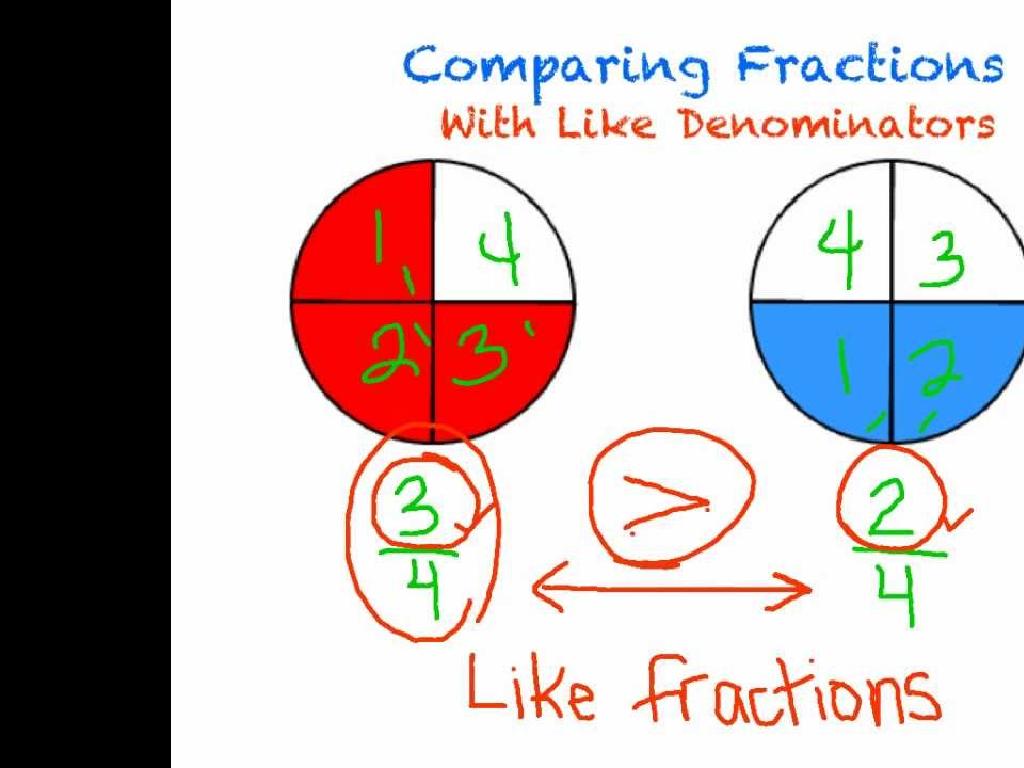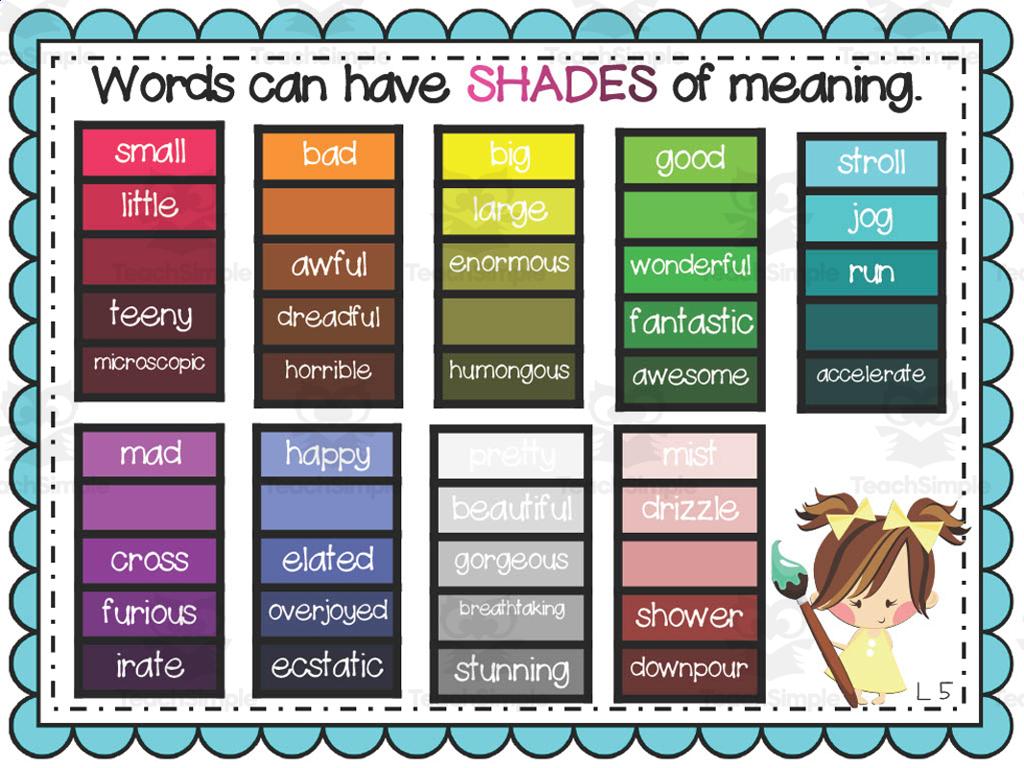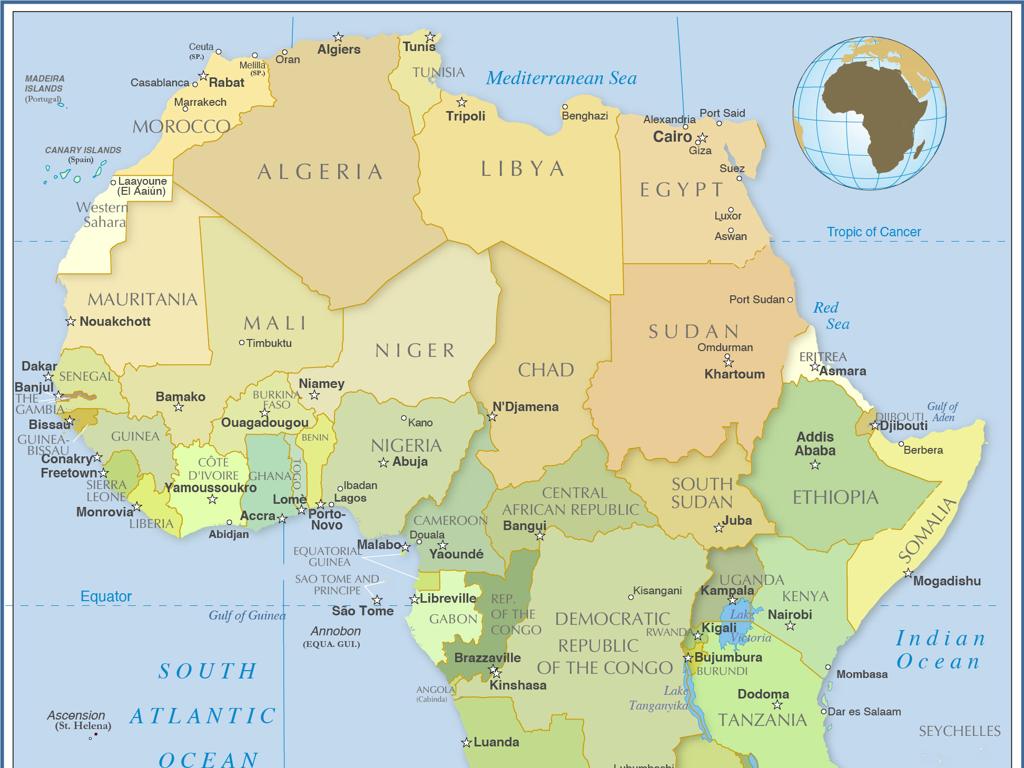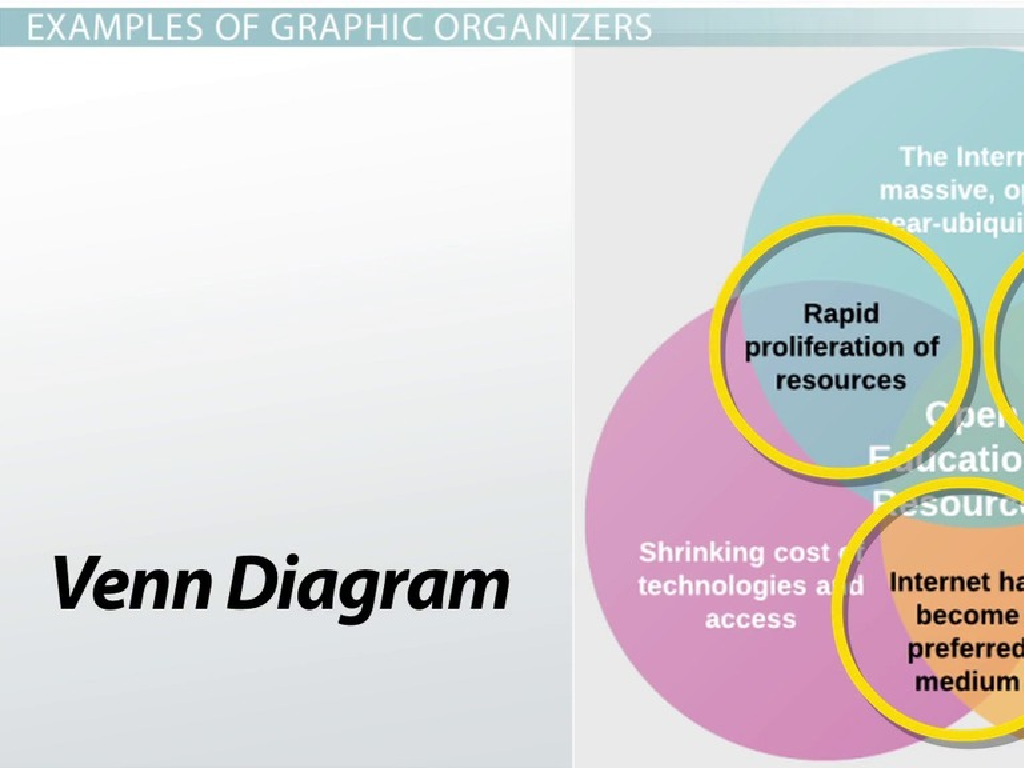Sort Solids, Liquids, And Gases
Subject: Science
Grade: First grade
Topic: States Of Matter
Please LOG IN to download the presentation. Access is available to registered users only.
View More Content
Exploring States of Matter: Solids, Liquids, and Gases
– Learn about solids, liquids, gases
– Examples of each state of matter
– Solids: Rock, Ice; Liquids: Water, Milk; Gases: Air, Steam
– How matter changes around us
– Water can be ice (solid), liquid, or steam (gas)
– Observing matter in daily life
– Notice water, toys, and balloons
|
This slide introduces the concept of the three states of matter to first graders. Begin by explaining that everything around us is made up of matter and that matter can be in the form of a solid, liquid, or gas. Use tangible examples that children are familiar with, such as rocks or ice for solids, water or milk for liquids, and air or steam for gases. Discuss how matter can change from one state to another with changes in temperature, like water turning into ice or steam. Encourage the students to observe different forms of matter in their daily life and think about what state it is in. This will help them grasp the concept of states of matter through real-world observation.
Exploring States of Matter
– Matter is everything around us
– Matter comes in 3 forms
– Solids are hard, liquids flow, gases fill the air
– Solids and liquids are visible
– We can touch and see rocks (solid) and water (liquid)
– Gases are invisible but everywhere
– Air is a gas we breathe but can’t see
|
This slide introduces the concept of matter and its three states to first-grade students. Begin by explaining that everything they can interact with is made of matter. Highlight the three forms of matter: solid, liquid, and gas. Use tangible examples for solids and liquids, like rocks and water, which they can see and touch. For gases, use the example of air, which is all around us but invisible. Emphasize that gases are not usually seen but are still an important part of our world. Encourage students to think of examples of each state of matter in their environment. This will help them understand the concept of matter and its different states in a tangible way.
All About Solids
– Solids have a fixed shape
– They are hard to squish
– Examples: rock, ice cube, desk
– Solids like a rock or desk don’t change shape easily
– Let’s touch and feel solids!
– We’ll explore solids in the classroom
|
This slide introduces the concept of solids to first graders. Emphasize that solids are objects that maintain their shape and do not flow like liquids or gases. They’re usually hard and can’t be compressed easily. Use tangible examples that children are familiar with, such as rocks, ice cubes, and school desks. During the class, provide a variety of solid objects for the students to touch and feel, helping them understand the concept of ‘solid’ through direct interaction. Encourage them to describe the texture and firmness of each object. This hands-on activity will help solidify (pun intended) their understanding of the state of matter called ‘solid’.
Learning About Liquids
– Liquids can flow
– They take the shape of containers
– Examples: Water, juice, milk
– Common liquids we drink every day
– Let’s pour and observe liquids!
– Watch how they move and fill different shapes
|
This slide introduces the concept of liquids to first graders, emphasizing their ability to flow and conform to the shape of their containers. Use everyday examples like water, juice, and milk to make the concept relatable. During the class activity, demonstrate pouring water into various containers to show how it changes shape but not volume. Encourage students to observe and describe what they see. This hands-on activity will help solidify their understanding of the properties of liquids. Prepare different containers and safe liquids for the activity, ensuring each student gets a chance to participate.
Gases are Everywhere!
– Gases are invisible
– Examples: Air and steam
– Air fills balloons, steam comes from hot water
– Bubbles show us gas
– When we blow bubbles, we can see the air inside
– Gas takes up space
– Gas expands to fill containers like balloons
|
This slide introduces the concept of gases to first graders by explaining that gases are all around us, even though we can’t see them. Use everyday examples like air in balloons or steam from a kettle to make the concept relatable. A class activity involving blowing bubbles will help students visualize gas and understand that it occupies space. Explain that gases, like the air we breathe, fill up the space around us. Encourage students to think of other examples of gases they might encounter in their daily lives. The activity will also demonstrate that gas has volume as it expands to fill the bubbles.
Sorting Solids, Liquids, and Gases
– Sort items into groups
– Use pictures and objects
– Pictures of ice, water, steam; objects like rocks, juice, air
– Consider shape and flow
– Solids keep shape; liquids and gases flow
– Learn states of matter
|
This slide is designed to introduce first graders to the concept of states of matter by sorting common items into solids, liquids, and gases. Provide a variety of pictures and some real objects for the students to handle and sort. Explain that solids have a fixed shape while liquids and gases can flow and take the shape of their containers. Encourage the students to think about the characteristics of each state of matter as they sort the items. This activity will help them visually and physically understand the differences between solids, liquids, and gases. It’s a hands-on learning experience that will make the concept more memorable.
Matter Scavenger Hunt
– Let’s explore solids, liquids, and gases
– Find items that are solid, liquid, or gas
– Solids: desk, book. Liquids: water bottle. Gases: air from a balloon
– Work together in teams
– Sort your items into groups
– Place solids on one table, liquids on another, and gases on a chart
|
This class activity is designed to help first graders understand the concept of states of matter through a fun and interactive scavenger hunt. Divide the class into small teams and instruct them to look around the classroom for items that represent solids, liquids, and gases. Provide examples of each state of matter to guide them. Solids could be anything with a fixed shape like a desk or a book; liquids would be anything that flows, like water from a bottle; gases might be trickier, but air from a balloon can illustrate this state. After the hunt, have each team sort their findings and discuss why they categorized the items as they did. This will reinforce their understanding of the properties of solids, liquids, and gases. Prepare a chart or area in the classroom where each team can place their sorted items and share their results with the class.
Review and Share: Scavenger Hunt Findings
– Share scavenger hunt items
– Discuss why items are solid, liquid, or gas
– Is it hard like a rock (solid), wet like water (liquid), or invisible like air (gas)?
– Understand states of matter
– Celebrate our sorting success
|
This slide is meant to recap the scavenger hunt activity where students searched for solids, liquids, and gases. Encourage each student to present the items they found and explain why they categorized them as they did. Reinforce the characteristics of each state of matter: solids have a fixed shape, liquids take the shape of their container, and gases fill the entire space available to them. Praise the students for their efforts in sorting the items correctly, and use this opportunity to correct any misconceptions. This will help solidify their understanding of the different states of matter.
Matter Detectives: Conclusion
– Identifying solids, liquids, and gases
– Solids are hard and keep their shape
– Matter is everywhere in forms
– Liquids flow and take the shape of their container
– You’re Matter Detectives now!
– Gases are all around us and fill up spaces
|
As we wrap up our lesson on states of matter, reinforce the concept that matter is all around us in different forms: solids, liquids, and gases. Emphasize the characteristics of each state of matter solids have a fixed shape, liquids take the shape of their container, and gases fill the space they’re in. Congratulate the students on becoming ‘Matter Detectives’ and encourage them to observe the world around them, identifying different states of matter in their environment. This will help solidify their understanding and make them more observant of the physical world.






